Thermochroom dynamisch glas
Thermochroom dynamisch glas verbetert het ontwerp van gebouwen en de energie-efficiû¨ntie. De thermochrome technologie past zich aan temperatuurschommelingen aan door automatisch te reageren, waardoor de warmtebelasting van gebouwen wordt verminderd zonder dat actieve tussenkomst nodig is om de juiste temperatuur in de betreffende ruimtes te behouden. Glas kleurt zichzelf om aan de stijgende temperaturen te voldoen, waardoor een comfortabel binnenklimaat ontstaat en de afhankelijkheid van airconditioningsystemen afneemt. Deze passieve technologie heeft geen stroom nodig van een externe bron, waardoor het een ongelooflijk duurzame oplossing is voor moderne architectuur. Thermochroom dynamisch glas kan de energiekosten in de loop van de tijd aanzienlijk verlagen door gebruik te maken van de natuurlijke eigenschappen van licht en warmte. Naarmate de temperatuur stijgt, wordt meekleurend glas donkerder om zonlicht te reflecteren en het interieur koeler te houden.
Thermochroom dynamisch glas is een ideale oplossing voor zowel residentiû¨le als commerciû¨le ruimtes. Nu steden steeds meer verstedelijkt raken en de temperaturen blijven stijgen als gevolg van de klimaatverandering, moet meekleurend glas een integraal onderdeel worden van gebouwontwerpen als ze duurzaam willen blijven. Bouwen met thermochroom dynamisch glas biedt architecten en bouwers de kans om constructies te maken die zowel esthetisch als ecologisch verantwoord zijn. Tegenwoordig betekent het adopteren van thermochroom dynamisch glas investeren in een duurzame toekomst waarin energie-efficiû¨ntie en design samenkomen.
ZELFKLEURENDE TECHNOLOGIE
Optimaliseert daglicht binnenshuis
Minimaliseert kunstlicht
Verandert zonlichtomstandigheden
Verblindingsbescherming
ZONNECONTROLE
Zonne-energie afwijzen
Comfort van bewoners
HVAC minimaliseren
Energiebesparing
ONTWERPVRIJHEID
Geen draden en geen stroom
Duurzaam ontwerp
Verbeterde UV-bescherming
Geluidsreductie en veiligheid
Welke soort producten kunnen worden geleverd?
1. Thermochroom dynamisch glas
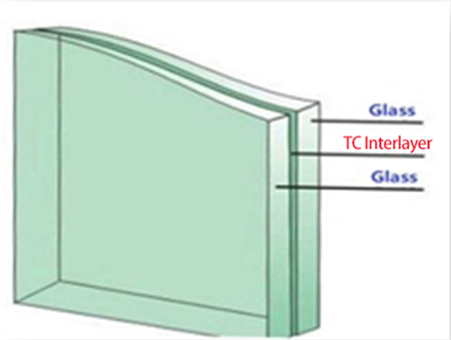
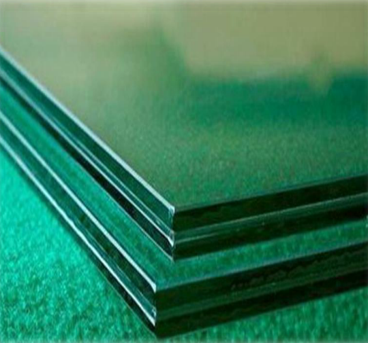
2. Thermochrome PVB-tussenlaag
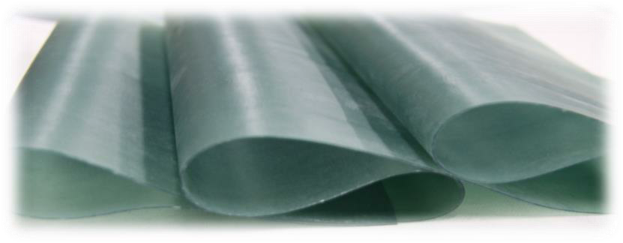
Thermochrome PVB-tussenlaag is een soort tussenlaagmateriaal voor droog gelaagd glas. Het is samengesteld uit ongeveer 80% polyvinylbutyralharspoeder en 20% fotothermische macromolecuul-nanomaterialen. De tussenlaag wordt gemaakt met tape-gietapparatuur. Er kunnen verschillende kleursystemen worden gesynthetiseerd volgens verschillende formuleringen. De basiskleur van de TC Interlayer kan worden bepaald bij een kamertemperatuur van 25ã. Naarmate de temperatuur stijgt, verandert de kleur van TC Interlayer van licht naar diep.
Hoe gebruik ik de thermochrome PVB-tussenlaag?
Thermochrome PVB-tussenlaag (TC-tussenlaag) heeft dezelfde samenhang en veiligheid als traditioneel PVB-tussenlaagmateriaal. Het kan worden gecombineerd met verschillende soorten glas om veiligheidsbrillen te maken met thermochroom, zonwering, warmte-isolatie en energiebesparing.
Thermochrome PVB-tussenlaag (TC-tussenlaag) kan worden gebruikt om alleen gelaagd glas te maken of om te lamineren met een andere PVB-tussenlaag.
WORD DEALER
Specificatie
We leveren enorme rollen slimme folie voor laminering aan de fabrieken die ervaring hebben met het zelf snijden en maken van busbars.ô De intelligente film op maat met busbars (elektrodenreis) is ook beschikbaar voor de bedrijven die alleen het gelaagde glas maken.
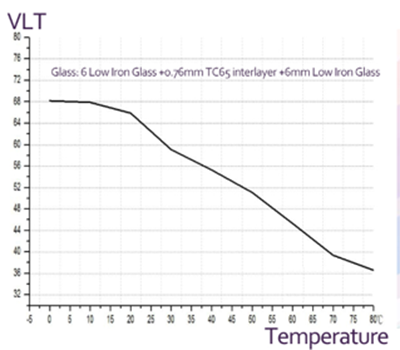
De verandering van de transmissie van zichtbaar licht met de temperatuur.
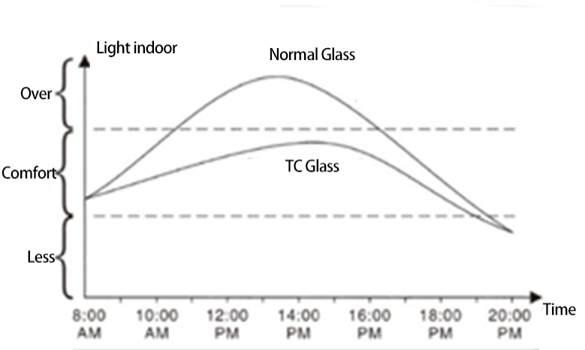
hermochroom glas houdt het zichtbare licht binnen in een comfortabele zone.
Voordelen:
Thermochroom glas blijft altijd transparant tijdens het proces van kleurverandering en schaduw, en heeft een uitstekend visueel effect. Door de transmissie van zichtbaar licht en de schaduwcoû¨fficiû¨nt aan te passen, kan de verblinding worden verminderd, kan het visuele comfort worden vergroot en kan het licht binnenshuis zacht worden gehouden.
Thermochroom glas kan worden gebruikt met conventionele glasconfiguraties voor diepe verwerking, zoals empering, semi-tempering, hol, vacuû¥m, lage E, enz. om IGU- of vacuû¥mglas te vormen, om klanten te voorzien van een complete set zonweringglasoplossingen.
Vergeleken met andere zonweringproducten is thermochroom glas kosteloos, en vanwege de gehele levenscyclus van het gebouw zijn er geen vervolgonderhoudskosten nodig.
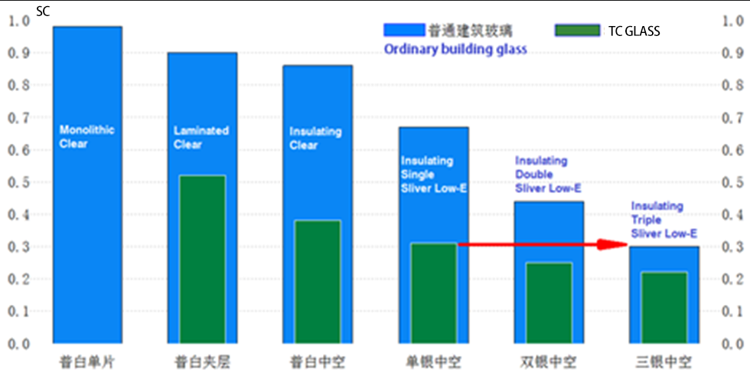
Vergelijking van de schaduwcoû¨fficiû¨nt tussen thermochroom glas en gewoon glas <
Projecten:
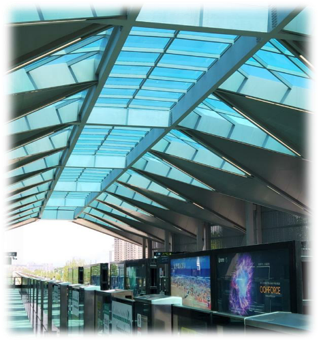
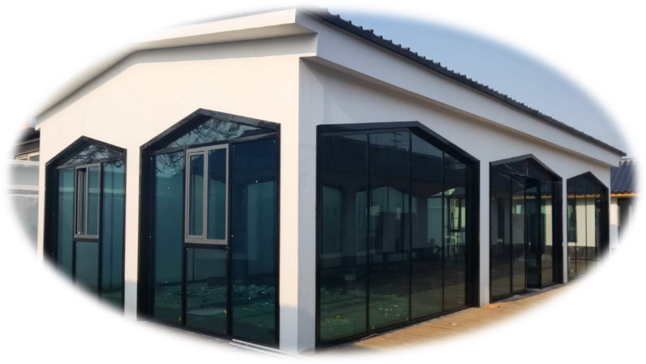
Stuur ons uw bericht
Please leave your message here, we or our local dealer will contact you soon!